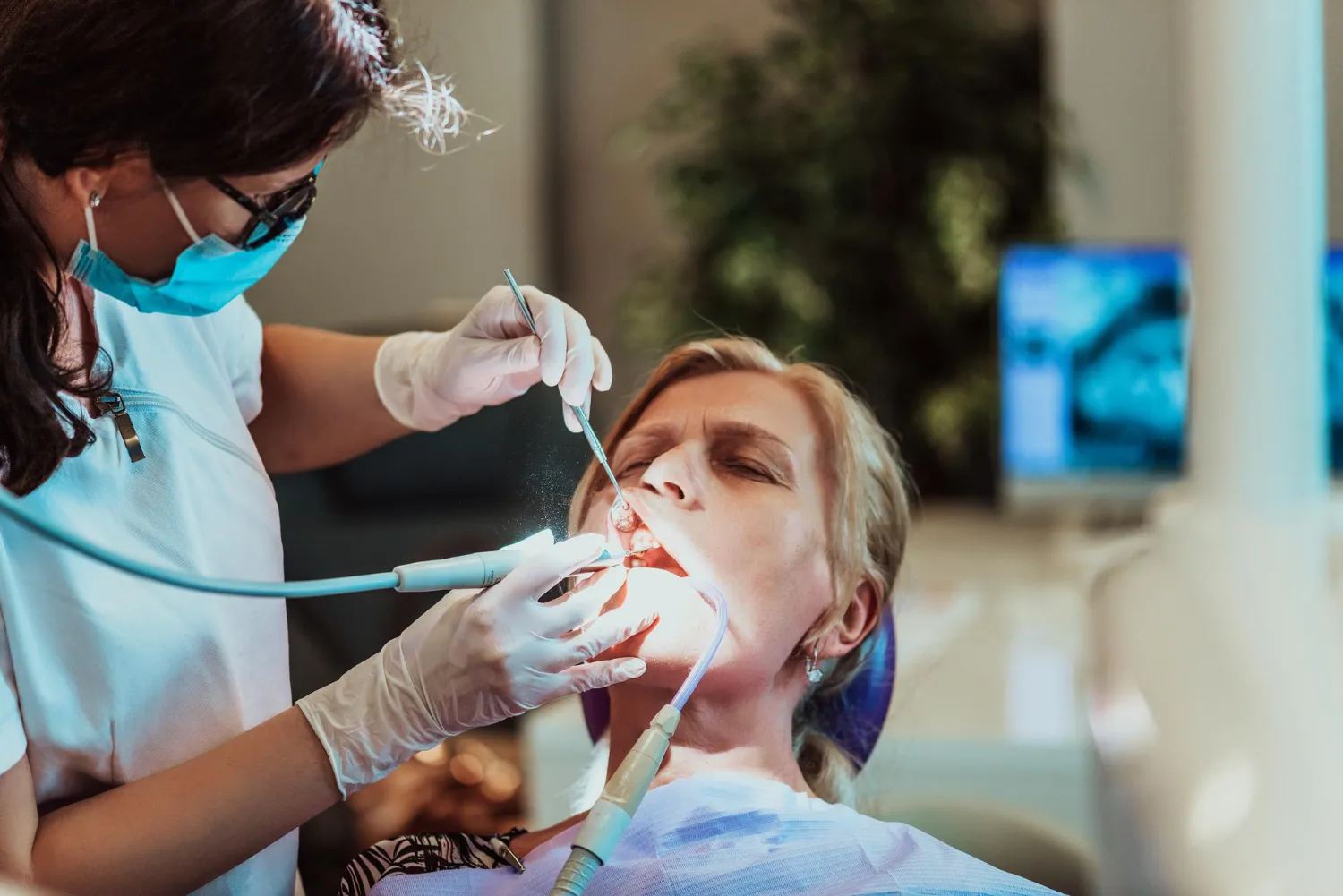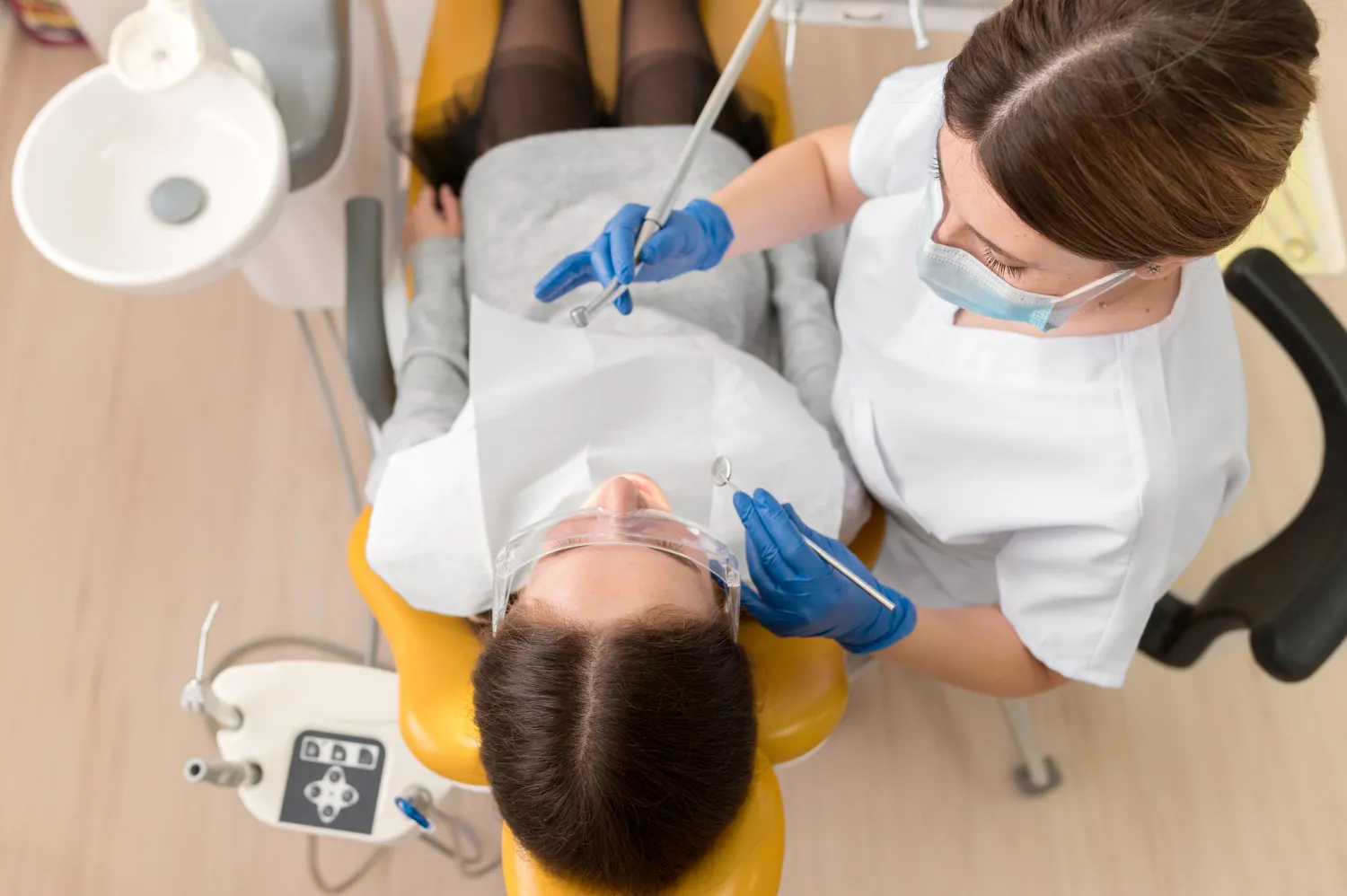
If you’ve noticed that your teeth could use some straightening or alignment, then dental braces may be a good option for you. It can, however, be challenging to determine which braces will work best for your individual needs, since there are numerous types of braces on the market.
In this blog post, we will explore the different brace options and factors to consider when choosing the right type of braces.
Clear Braces
One popular choice is clear aligners, commonly known as clear braces. Clear aligners are virtually invisible as they are a series of clear, removable trays that are custom-made to gradually straighten teeth. As the name suggests, the clear material allows them to blend in and be hidden from view. This makes clear braces an attractive option for adults or teenagers concerned with aesthetics.
Some key advantages of clear aligners include their removability for eating, brushing and flossing. They are also easier to clean than traditional braces. However, clear aligners may not be as effective for more complex dental misalignments and typically require wearing them for around 20 hours per day. Clear braces work best for minor imperfections compared to serious issues needing major tooth movement over time. Proper wear is important for clear aligners to work as intended.
Traditional Braces
For people with moderate to severe crooked, crowded or misaligned teeth, traditional braces are often the treatment of choice. Traditional metal braces employ brackets bonded directly to the front of teeth, connected by an archwire that applies constant gentle pressure on teeth over the course of treatment. They are effective at gradually shifting teeth into the right position and can treat deep bites, open bites and under or overbites.
The fixed nature of metal braces allows for clear guidance of tooth movement compared to removable aligners. While visible, today’s braces come in various stylish colors and materials beyond just traditional silver/grey. Another potential advantage is studies show metal braces may be more comfortable in the long run compared to aligners which require changing every few weeks.
Lingual Braces
For individuals seeking near-invisible treatment, lingual or hidden braces are glued to the backside of teeth rather than the front. As they are not visible when talking or smiling, lingual braces maintain discretion and natural aesthetics. However, due to their position, they can be more difficult to clean and may irritate the tongue initially.
Lingual braces are also a more complex and expensive option typically requiring multiple adjustments by the orthodontist throughout treatment. For optimal results, diligent home care and follow up visits are important with lingual braces. They are best suited for mild to moderate orthodontic needs that require discreet straightening.
Consulting an Orthodontist
When deciding which brace style is right for you, it is always advised to consult with an orthodontist. An orthodontist can examine your teeth and bite, determine the severity of misalignment, and develop a customized treatment plan. They will take into account factors like the extent of movement needed, estimated treatment length, risk of relapse, and your individual priorities and preferences. A dental professional can provide an honest assessment of whether you are a good candidate for aligners versus traditional braces or another option like lingual braces.
Be sure to ask about flexibility with payment plans to find an affordable solution. There are also considerations to make about long term costs including potentially needing refinements or a retainer after braces are removed to prevent teeth from shifting again. An orthodontist is best equipped to recommend the ideal product and overall experience tailored specifically to your unique situation.
To Summarize
Different options now exist for aligning teeth using various orthodontic systems. Regardless of whether you prefer traditional wired braces, removable aligners or internal braces, consulting an orthodontist they trust is an important first step to making informed choices. While options that are less noticeable may appeal aesthetically, professional advice can help weigh features versus potential drawbacks to determine the arrangement most likely to achieve desired results over the long run. Guidance from experienced orthodontists allows forming a plan tailored for desired outcomes. Their expertise supports selecting arrangements suiting needs and starting the process of enhanced smiles.
Getting your teeth aligned? Brooklin Dental Centre can help
After learning about all the excellent brace options, are you ready to start straightening your smile? At Brooklin Dental Centre, our orthodontists are eager to help you choose the perfect solution tailored to your unique needs.
As a trusted Dentist Whitby, we have years of experience helping both children and adults achieve stunning grins. Our team will take the time to fully examine your teeth and create a customized treatment plan.
Whether you need invisible aligners, traditional braces, or lingual options, our specialists are here to help.



